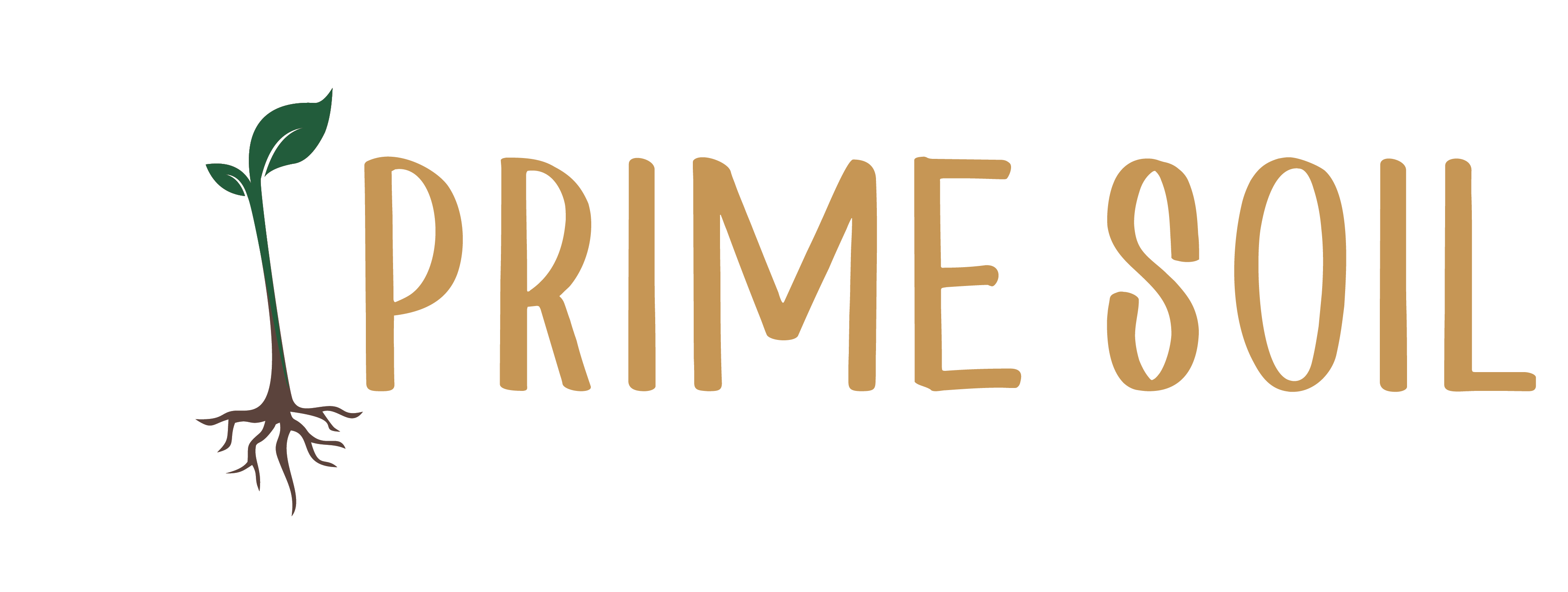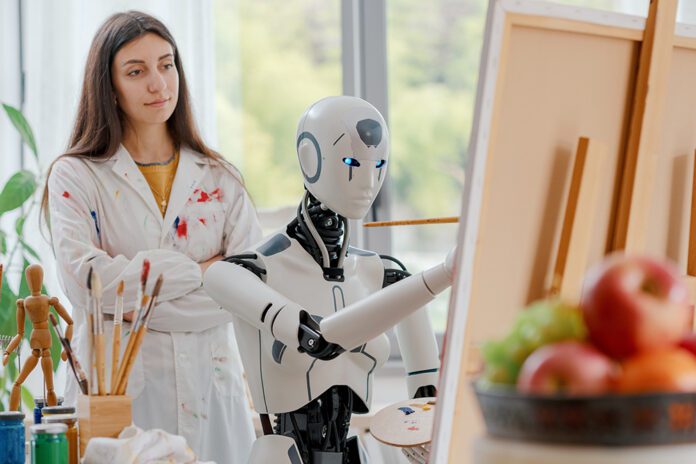While Artificial Intelligence is quickly growing—improving processes, streamlining systems, and increasingly integrating with our daily tasks—creatives have been questioning the validity of its place in art. How is AI particularly affecting Catholic art and the way we present complex religious images? Do we have a moral obligation to reject AI-generated art, especially when it challenges the integrity of our Faith?
Working as a designer for Decided Excellence Catholic Media, we recently found a stock image to use on a magazine cover. Initial glance reveals a picturesque scene of a contemplative man, presumably Jesus, gazing toward a river. Reflections of a rising sun illuminate the scene. What a beautiful portrayal of our Lord! Zoom into the image, however, and you’re met with grotesque hands and six-seven-eleventeen toes on one foot (I counted—eleventeen is the only word for what I saw). There is a mysterious and almost foreboding figure in the background. The image, indeed, was stamped with an icon confirming “AI-Generative” in the stock library.
Must we generate imperfect or eerie images of Jesus? So much already exists! Catholic churches and institutions have an expansive accumulation of art. And yet, we see stock images being generated to fill some sort of void. Any content creator can output (and then make available) images of our Faith but without the lens of our Faith overseeing it. Ignorant machines with no artistic training or experience are churning out these images, merely pulling from available data—and while the machines obviously aren’t Catholic, the people generating art using these machines don’t necessarily have to be Catholic, either.
Popes throughout history have dealt with changing inventions and technology (Pope Pius XII on the television, Pope St. John Paul II on the internet) and have used the opportunity to broaden communications strategies and cautiously embrace the innovations. Pope Francis has acknowledged the fruitful potential of using AI as a tool—though warning that it will take a “constant and consistent commitment on the part of those developing these technologies to act ethically and responsibly” (March 27, 2023). In the world of art creation, this call to ethics goes deeper than merely reviewing an image for accuracy. In addition to any fallacies (or even blasphemy), we must consider copyright infringement on others’ authentic work. We also need to consider the call for regulations and oversight brought to lawmakers by industry leaders in AI.
According to Fr. Phillip Larrey, dean of the philosophy department at Rome’s Pontifical Lateran University, people behind this technology are asking for guidance and support from religious leaders (Catholic News Service, March 21, 2023). While the technology grows rapidly, the companies overseeing it still have the opportunity to ask the right questions and implement controls and regulation (with the input of Catholic and other religious leaders). As a society, we seem to also want to preserve authenticity in our speech, art, and media. No matter how convincing these AI-generated pieces appear, we can still ask for transparency about what was created by human knowledge and thought versus AI. Without a human eye overseeing what we know to be the truth, we cannot be vigilant in discerning and consuming art—religious or otherwise.






